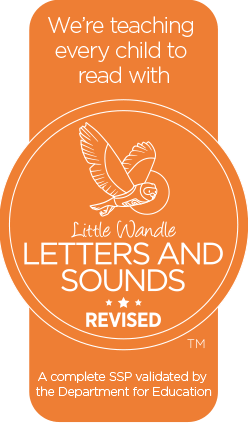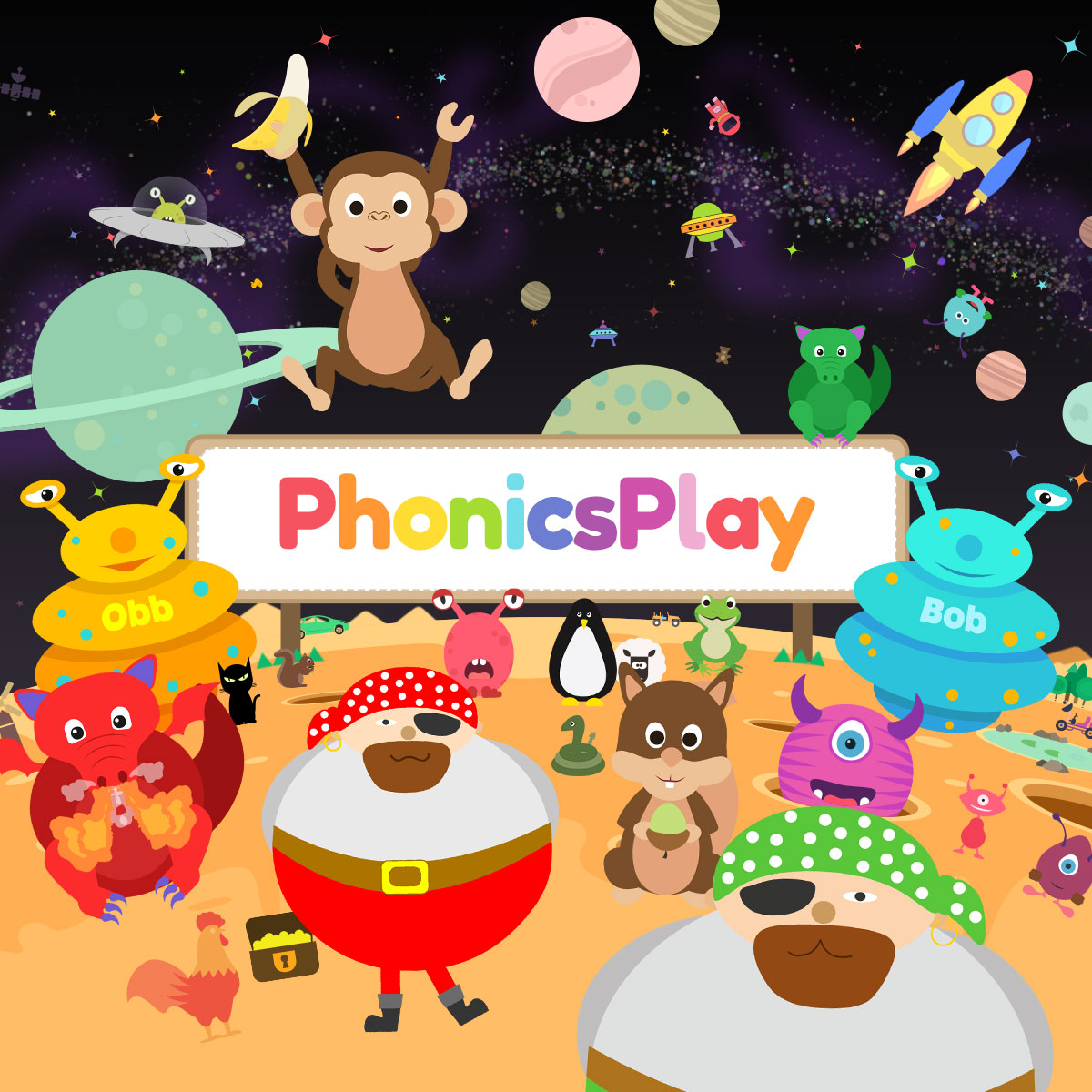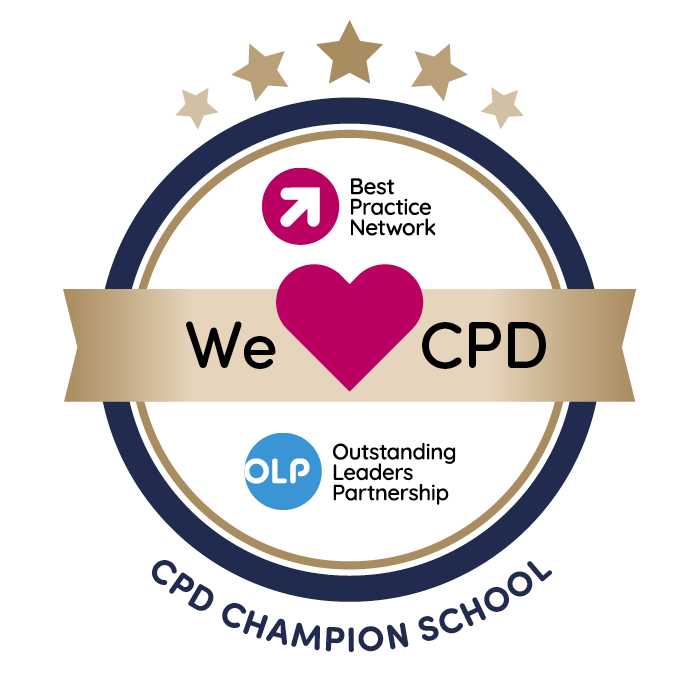Phonics
At The Downley School, we believe that all our children can become fluent readers and writers. This is why we teach reading through Little Wandle Letters and Sounds Revised, which is a systematic and synthetic phonics programme. We start teaching phonics in Reception and follow the Little Wandle Letters and Sounds Revised progression, which ensures children build on their growing knowledge of the alphabetic code, mastering phonics to read and spell as they move through school.
As a result, all our children are able to tackle any unfamiliar words as they read. At The Downley School, we also model the application of the alphabetic code through phonics in shared reading and writing, both inside and outside of the phonics lesson and across the curriculum. We have a strong focus on language development for our children because we know that speaking and listening are crucial skills for reading and writing in all subjects.
Daily phonics lessons:
- We teach phonics for 30 minutes a day. In Reception, we build from 10-minute lessons, with additional daily oral blending games, to the full-length lesson as quickly as possible. Each Friday, we review the week’s teaching to help children become fluent readers.
- Children make a strong start in Reception: teaching begins in Week 2 of the Autumn term.
- We follow the Little Wandle Letters and Sounds Revised expectations of progress:
- Children in Reception are taught to read and spell words using Phase 2 and 3 GPCs, and words with adjacent consonants (Phase 4) with fluency and accuracy.
- Children in Year 1 review Phases 3 and 4 and are taught to read and spell words using Phase 5 GPCs with fluency and accuracy.

Daily Keep-up lessons ensure every child learns to read
- Any child who needs additional practice has daily Keep-up support, taught by a fully trained adult. Keep-up lessons match the structure of class teaching, and use the same procedures, resources and mantras, but in smaller steps with more repetition, so that every child secures their learning.
There is a brilliant website called Phonics Play that contains lots of interactive games for you to play with your children. The site is currently free to sign up to and provides lots of opportunities for active learning to support your child's reading.
Resources to use at home:
|
A site packed with interactive phonics games, phonics planning, assessment ideas and many teaching ideas and resources to help children to learn to hear phonemes, recognise graphemes and develop the blending and segmenting skills that are vital for learning to read and spell. www.phonicsplay.co.uk |
Teach Your Monster To Read is a great computer game that enables children to practise their phonics sounds whilst building their own monster. The game built from simple letter recognition to reading sentences, providing challenge and support. It is very engaging and motivating for even the most resistance of reader. The game is free to use on a computer or can be downloaded as an app onto any smartphone or tablet.
https://www.teachyourmonstertoread.com/
|
Teach Your Monster to Read: Free Phonics & Reading Game The groundbreaking game that makes learning to read fun • Covers everything from letters and sounds to reading full sentences. • Designed in collaboration with leading academics. • Complements all synthetic phonics programmes used in schools. • Computer version is 100% free. www.teachyourmonstertoread.com |






